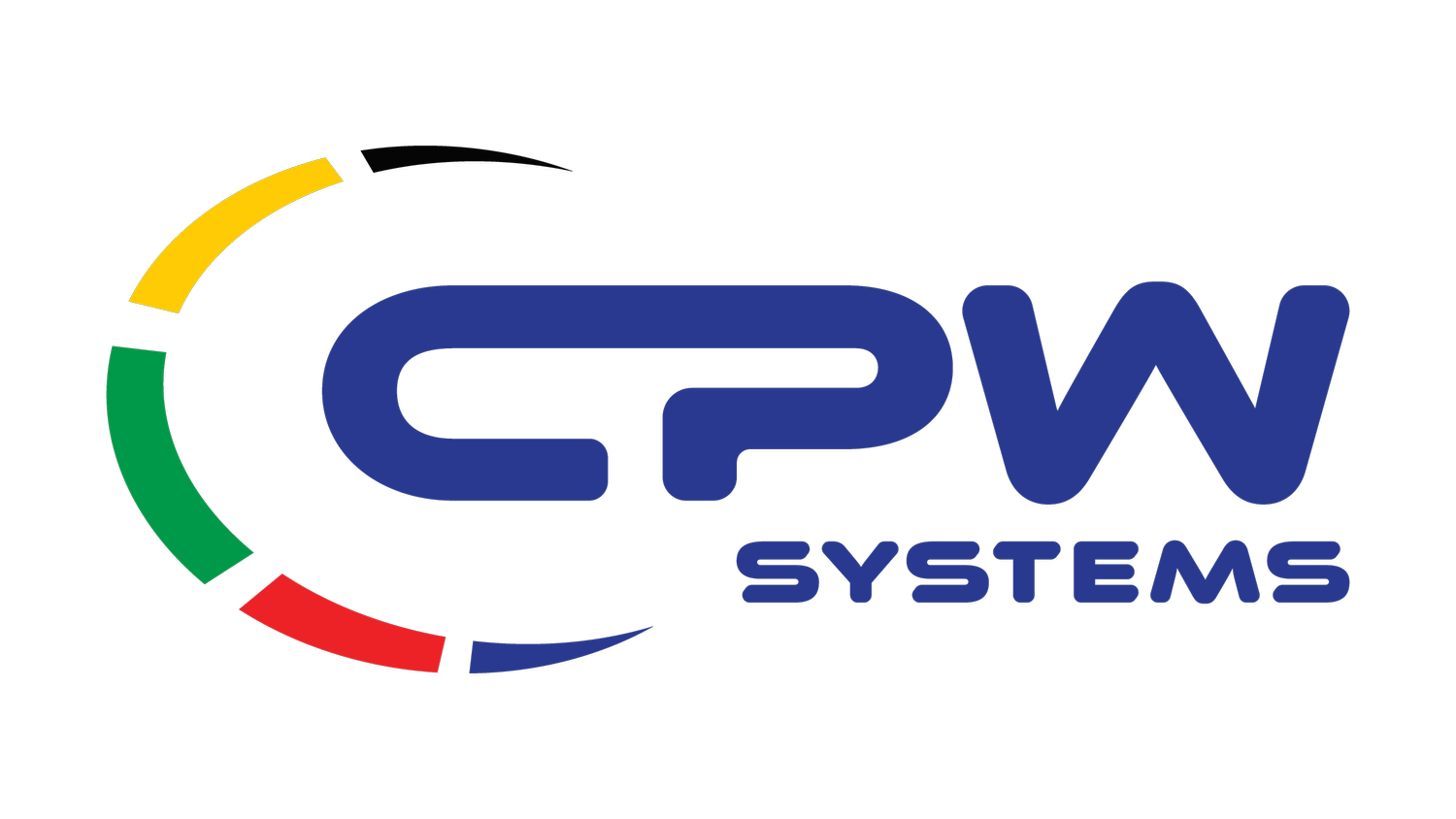Consulting Services
Business Requirements Analysis
Business Requirements Analysis is a fundamental process in project management and system development. It involves identifying and documenting the needs and expectations of stakeholders to ensure that the final product or system aligns with the organization’s goals and objectives.
1. Understanding Stakeholder Needs:
- Interviews and Surveys: Engage with stakeholders through interviews, surveys, and workshops to gather insights into their needs, pain points, and expectations.
- Business Objectives: Align requirements with the organization’s strategic goals. This involves understanding the overarching business objectives and ensuring the project will support these goals.
2. Documenting Requirements:
- Requirement Specifications: Create detailed documentation that outlines the business needs. This often includes functional requirements, non-functional requirements, and constraints.
- Requirement Traceability: Ensure that each requirement can be traced back to a business need or objective, providing a clear link between requirements and the goals they support.
3. Validation and Verification:
- Requirement Review: Regularly review requirements with stakeholders to validate their accuracy and relevance.
- Change Management: Implement a process for managing changes to requirements, ensuring that any modifications are carefully evaluated and documented.
Product Gap Analysis
Product Gap Analysis is a process used to identify the differences between the current state of a product and its desired state. This analysis helps in pinpointing areas for improvement or enhancement.
1. Identifying Current State:
- Current Product Evaluation: Assess the existing product’s features, performance, and limitations. This involves gathering feedback from users and stakeholders about the current product’s strengths and weaknesses.
2. Defining Desired State:
- Benchmarking: Compare the product against industry standards, competitors, and customer expectations to determine what an ideal product should look like.
- Future Vision: Outline the desired features, functionalities, and performance metrics that align with business objectives and customer needs.
3. Analyzing Gaps:
- Gap Identification: Highlight discrepancies between the current and desired states. This includes missing features, performance issues, and usability concerns.
- Prioritization: Assess the impact of each gap and prioritize them based on their importance and feasibility of resolution.
4. Action Plan:
- Improvement Plan: Develop a strategic plan to address the identified gaps. This includes defining actionable steps, allocating resources, and setting timelines for implementation.
Functional Requirement Analysis
Functional Requirement Analysis focuses on understanding and documenting what a system or product must do. This involves detailing the specific functions and features that the system must provide to meet user needs.
1. Requirement Gathering:
- User Stories and Use Cases: Develop user stories and use cases to capture the functional requirements from the user’s perspective. This helps in understanding the interactions between users and the system.
- Functional Specifications: Document the system’s functionality, including detailed descriptions of inputs, processes, outputs, and interactions.
2. Requirement Analysis:
- Feature Breakdown: Decompose high-level requirements into smaller, manageable components. This helps in understanding the system’s functionality in greater detail.
- Prioritization: Evaluate and prioritize requirements based on their importance, complexity, and impact on the overall system.
3. Validation:
- Stakeholder Review: Validate functional requirements with stakeholders to ensure that they accurately reflect user needs and expectations.
- Consistency Check: Ensure that functional requirements are consistent, complete, and unambiguous.
Systems Analysis & Technical Requirements Specifications
Systems Analysis involves evaluating the existing systems and identifying technical requirements for new or enhanced systems. It includes defining how the system will meet the functional requirements and integrate with other systems.
1. Systems Evaluation:
- Current System Assessment: Analyze the existing systems to understand their architecture, functionality, and limitations.
- Technical Feasibility: Evaluate the technical feasibility of implementing new features or enhancements.
2. Technical Requirements Specification:
- Technical Documentation: Develop detailed technical specifications that outline how the system will be designed and built. This includes hardware, software, network, and integration requirements.
- System Architecture: Define the system architecture, including components, interfaces, and data flow.
3. Integration and Compatibility:
- System Integration: Specify how the new system will integrate with existing systems and data sources.
- Compatibility Requirements: Ensure compatibility with existing technologies, standards, and protocols.
Test Plans and Use Cases
Test Plans and Use Cases are essential for ensuring that a system or product meets its requirements and performs as expected.
1. Test Plans:
- Test Objectives: Define the objectives of testing, including what aspects of the system will be tested and the criteria for success.
- Testing Strategy: Outline the testing approach, including types of testing (e.g., unit testing, integration testing, system testing), resources required, and testing schedule.
- Risk Management: Identify potential risks associated with testing and develop strategies to mitigate them.
2. Use Cases:
- Use Case Development: Create detailed use cases that describe how users will interact with the system. Each use case includes scenarios, steps, and expected outcomes.
- Scenario Testing: Develop test scenarios based on use cases to ensure that the system functions correctly under various conditions.
Testing and QA
Testing and Quality Assurance (QA) are crucial for ensuring that the system or product meets the specified requirements and functions correctly.
1. Testing Phases:
- Unit Testing: Test individual components or modules to ensure they function correctly in isolation.
- Integration Testing: Test the interaction between integrated components or systems to ensure they work together as expected.
- System Testing: Test the complete system to verify that it meets the specified requirements and performs as expected in a real-world environment.
- Acceptance Testing: Validate the system against business requirements and user needs to ensure it is ready for deployment.
2. Quality Assurance:
- Process Improvement: Implement QA processes and standards to improve the overall quality of the product. This includes code reviews, adherence to coding standards, and continuous improvement practices.
- Defect Management: Track, manage, and resolve defects identified during testing. Implement a defect tracking system to ensure issues are addressed promptly.
Test Automation
Test Automation involves using automated tools and scripts to perform testing tasks, which can improve efficiency, consistency, and coverage.
1. Automation Strategy:
- Tool Selection: Choose appropriate test automation tools based on the project’s requirements, technology stack, and budget.
- Automation Framework: Develop an automation framework that supports the test automation process, including script development, execution, and reporting.
2. Test Script Development:
- Script Creation: Develop automated test scripts to execute predefined test cases. Ensure that scripts are maintainable, reusable, and scalable.
- Integration with CI/CD: Integrate test automation with Continuous Integration/Continuous Deployment (CI/CD) pipelines to enable continuous testing.
3. Execution and Maintenance:
- Test Execution: Regularly execute automated tests to verify that the system continues to meet requirements.
- Script Maintenance: Update and maintain test scripts to accommodate changes in the system or requirements.
Project Management
Project Management involves planning, executing, and closing projects to achieve specific goals within defined constraints, such as time, budget, and resources.
1. Project Planning:
- Scope Definition: Clearly define the project scope, objectives, deliverables, and requirements.
- Schedule Development: Create a project schedule that outlines the timeline for completing tasks and achieving milestones.
- Resource Allocation: Allocate resources, including personnel, budget, and equipment, to ensure project success.
2. Execution and Monitoring:
- Task Management: Oversee the execution of project tasks, ensuring they are completed on time and within scope.
- Progress Monitoring: Track project progress, identify issues, and make adjustments as needed to keep the project on track.
3. Risk Management:
- Risk Identification: Identify potential risks and their impact on the project.
- Mitigation Strategies: Develop strategies to mitigate identified risks and address them as they arise.
4. Project Closure:
- Deliverable Handover: Ensure that all project deliverables are completed, reviewed, and handed over to stakeholders.
- Post-Project Evaluation: Conduct a post-project evaluation to assess the project’s success, identify lessons learned, and gather feedback for future projects.
This comprehensive approach ensures that each aspect of a project, from initial requirements gathering to final testing and project management, is thoroughly addressed.

